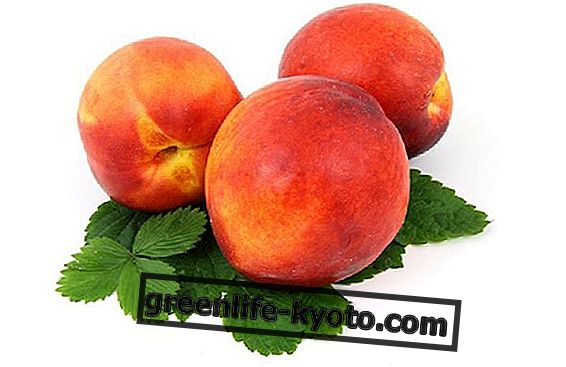
Integral basmati rice: properties
Basmati rice is a rice historically originating from Asia, especially India and Pakistan. Very common in Indian cuisine, it is now possible to find it also grown in Italy . This makes it possible to control, especially if it is brown rice, the production and avoid consuming brown rice contaminated with pesticides harmful to health.
It is characterized by its long and thin shape, and by the intense fragrance that, depending on the variety, changes from lemon to sandalwood to vanilla.
The main properties concern, therefore, the intense perfume, the shape and the chemical composition of the grain, which allow it to be used as a side dish and salads : starch is in fact usually washed away before cooking, during the usual rinsing that is recommended to do with basmati, and in general with all whole grains. This peculiarity leaves the beans well separated during cooking.
Thanks to the presence of fibers it allows to increase the sense of satiety, calibrate the assimilation of fats and sugars, rebalance the intestinal functions, also acting as a sweeper of the intestine . Basmati rice is therefore useful as a detoxifying and remineralizing agent.
Integral basmati rice: benefits
Like all types of wholegrain rice, basmati rice is also subjected to the processing of hulling, which consists in eliminating the outermost part of the rice, that is the glumelle.
This allows the basmati rice to keep the germ intact, the part of the rice that contains the greatest quantity of nutrients .
Being little worked it is advisable to choose wholemeal basmati rice from organic agriculture: this in fact guarantees the exclusion of the presence of pesticides that remain in traces in the external part of the whole grain.
The benefits of integral basmati rice are numerous:
> the brown rice has a low glycemic index : it is therefore useful in case of diabetes and as a food to be included in a diet dedicated to weight control and hunger attacks;
> the presence of amylopectin which helps the circulation and the concentration of glucose in the blood : like low GI this also makes basmati rice integral useful for the prevention of diabetes, and in the diet of diabetics;
> it is rich in carbohydrates and fiber : brown rice is an important sweeper of the intestine, it increases the sense of satiety thanks to the fibers that swell with water during cooking and digestion;
> it is gluten-free, therefore suitable for coeliacs ;
> is an important source of potassium : potassium has numerous functions within the body; it allows good muscular functioning, the transmission of nerve impulses, the regular content of arterial pressure;
> integral basmati rice is an energizer : according to ayurvedic medicine, of which basmati rice is a widely used ingredient, this food gives strength and energy without making the body heavy or burdening digestion.













